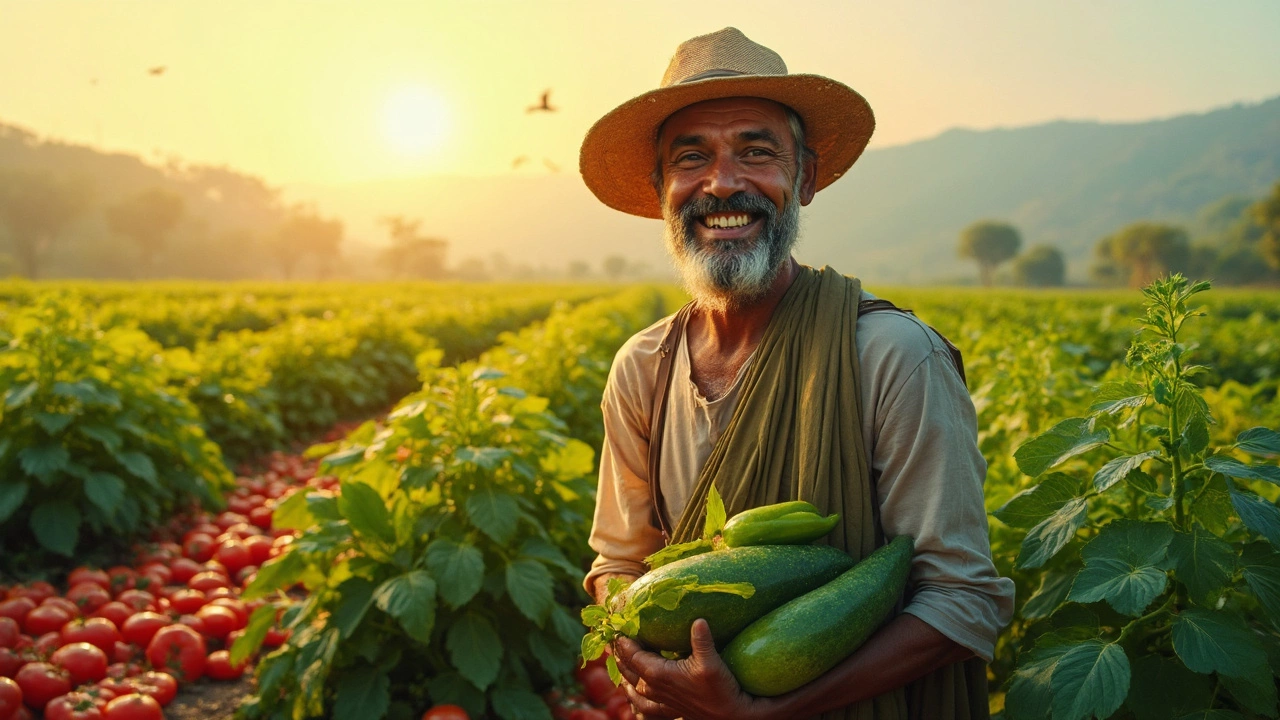Find out which vegetables are most profitable to cultivate in India. Explore different crop options, their market demand, and tips to maximize your farming success. Whether you're a beginner or an experienced farmer, get insights into making better choices for high returns.
Best Crops for Indian Gardens: Top Picks and How to Grow Them
When it comes to growing food in India, not all crops are created equal. The best crops, plants that thrive in India’s varied climates, from dry north to humid south, with minimal inputs and high yields. Also known as high-yield Indian crops, these are the plants that actually deliver—whether you’re farming a backyard, balcony, or half-acre plot. They don’t need fancy setups, expensive inputs, or perfect weather. They just need to be planted at the right time, in the right way, and with a little attention.
What makes a crop truly "best" in India? It’s not just about yield. It’s about resilience. Can it handle 40°C heat? Does it survive monsoon floods? Does it grow in pots or poor soil? The top performers here are the ones that farmers and home gardeners keep coming back to. Native vegetables, plants that evolved in India’s ecosystems and are naturally adapted to local pests, rains, and temperatures. Also known as traditional Indian crops, these include bitter gourd, amaranth, and cluster beans—hardy, nutritious, and easy to grow without chemicals. Then there are the fast-growing plants, crops that go from seed to harvest in under 30 days, perfect for small spaces and impatient gardeners. Also known as quick harvest crops, these include radishes, spinach, and lettuce—ideal for balcony gardens and urban homes. And let’s not forget the year-round blooming flowers, ornamental plants that offer color and pollinator support even in winter or dry months. Also known as evergreen flowering plants, these include hibiscus, marigold, and lantana—low-maintenance, drought-tolerant, and beautiful. These aren’t just pretty faces. They’re part of a working system: flowers attract bees, which help your veggies pollinate. Compost feeds the soil, which lets your crops grow strong. And knowing where to plant them—south-facing balcony, shaded corner, raised bed—makes all the difference.
You won’t find here the crops that need constant irrigation or imported seeds. This list is built on what actually works on Indian soil, in Indian weather, for Indian people. Whether you’re trying to grow food on a tiny balcony or manage a small farm, the posts below give you the real, no-fluff details: which tomatoes ripen fastest, which herbs survive monsoon humidity, how to fix dense soil without buying expensive mix, and why some plants just won’t grow no matter how hard you try. No theory. No guesswork. Just what you need to grow more, with less stress.
